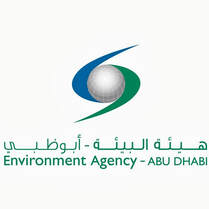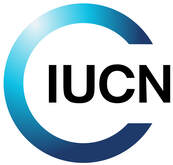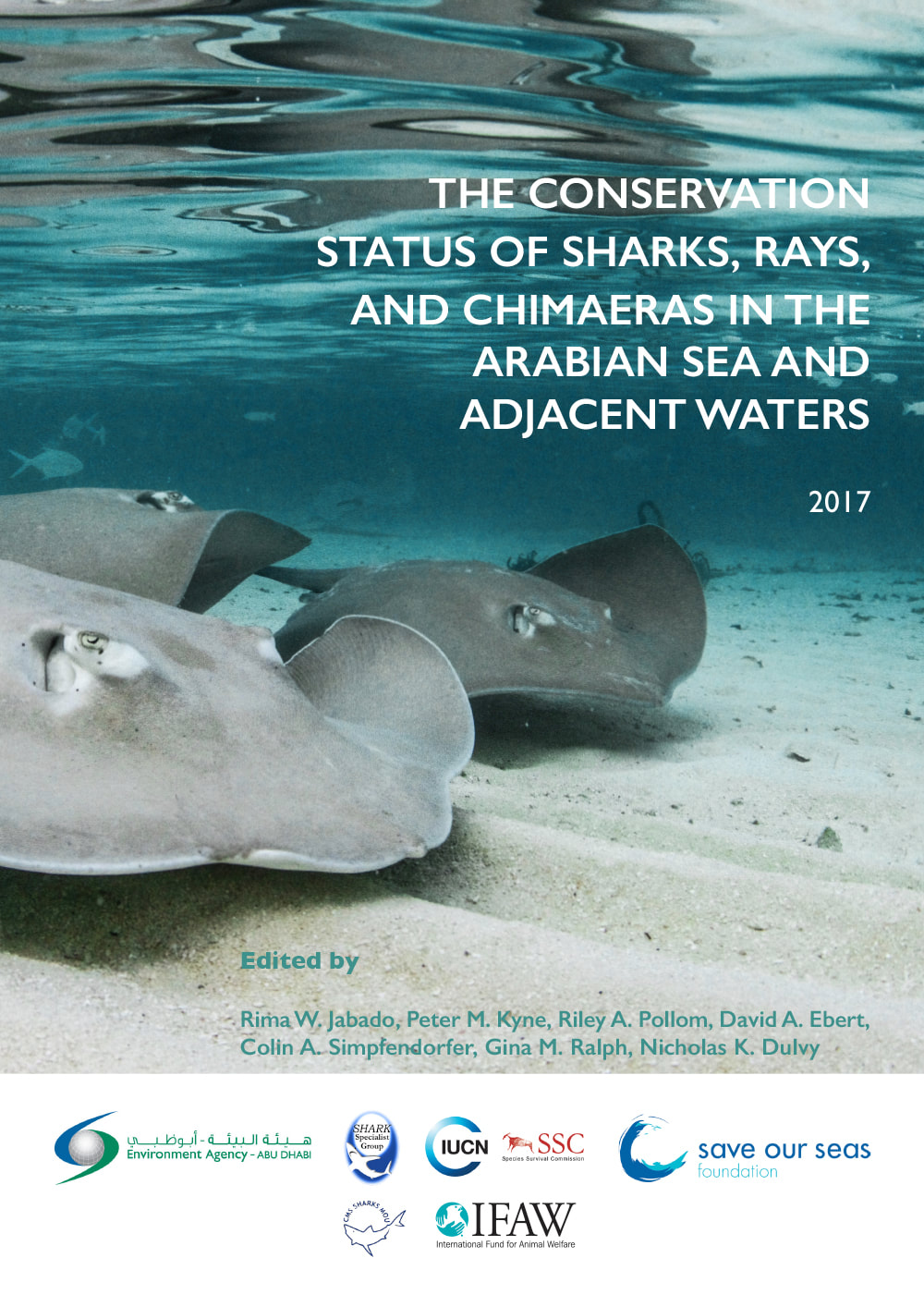Over half of the Arabian Seas Region’s sharks, rays, and chimaeras are at risk of extinction15/8/2017
PRESS RELEASE | Abu Dhabi, U.A.E. | August 15, 2017 The Environment Agency-Abu Dhabi (EAD), in collaboration with the International Union for the Conservation of Nature (IUCN) Shark Specialist Group (SSG), held a workshop to evaluate the extinction risk status of sharks, rays, and chimaeras found in the Arabian Sea and its adjacent waters (Red Sea, Gulf of Aden, and Arabian Gulf) for the IUCN Red List of Threatened Species, in February 2017. The assessment highlights the need for urgent action to conserve populations and habitats, because more than half of the species (78) considered threatened with an elevated risk of extinction within the region. A further 27 were assessed as being close to entering a threatened category in the near future. Only 19 species were assessed as being in a healthy state. For 29 species, there was insufficient scientific information to evaluate their risk of extinction, highlighting the need for more work to understand the status of these species. Overfishing is the main cause of threat due to both targeted and incidental capture. “This workshop was the first step in understanding the regional status of sharks and rays. The results are a call for action and highlight the urgent need for regional cooperation in research and policy efforts”, stated Dr. Shaikha Al Dhaheri, EAD’s Executive Director, Terrestrial and Marine Biodiversity Sector, and IUCN Regional Councilor for West Asia. “Sharks, rays and chimaeras tend to grow slowly and produce few young, which leaves them particularly vulnerable to overfishing”, added Dr. Peter Kyne, Senior Research Fellow at Charles Darwin University and Red List Authority for the IUCN SSG. Some of the families with the highest numbers of threatened species include the sawfishes, hammerhead sharks, wedgefishes, guitarfishes, and eagle rays, have slow life histories least capable to withstanding fishing pressure. ‘The rapid development and expansion of deepsea fishing operations in the southeastern Arabian Sea, are of concern. There is a need to monitor fisheries, and their catches, to better understand the species being caught, and their status’, stated Dr. Nick Dulvy, Co-chair of the IUCN SSG and researcher at Simon Fraser University. “The outcomes of these assessments should inform future research and government action in the region that addresess information gaps and enables population recovery”, stated Prof. Colin Simpfendorfer, IUCN SSG Co-Chair and Director of the Centre for Sustainable Tropical Fisheries and Aquaculture at James Cook University. “This regional assessment was developed in collaboration with scientists and experts from around the Arabian Seas Region. We are all concerned about the long-term survival of many species of sharks and rays in our region and these results provide an important baseline for monitoring their status. Relevant stakeholders across the region need to work closely together to ensure immediate actions are taken to halt and reverse these declines”, added Dr. Rima Jabado, Fisheries Scientist at EAD and IUCN SSG Regional Co-Chair for the Indian Ocean. The workshop and assessments were undertaken with the generous support of the Save Our Seas Foundation, the International Fund for Animal Welfare, and the Sharks MoU under the Convention of Migratory Species (CMS). The resulting report summarizes the information available on chondrichthyans found in the Arabian Sea and its adjacent waters with the aim of promoting conservation actions for threatened species, and for all sharks, rays and chimaeras occurring in the region. The publication is available at the following link: IUCN Red List – Arabian Seas Region - 2017 For media enquiries, please contact: EAD Press Office: Environment Agency- Abu Dhabi Tel: +9712 693-4637 Mobile: +97150 442-5096 Email: [email protected] Website: www.ead.ae
Comments are closed.
|







 RSS Feed
RSS Feed